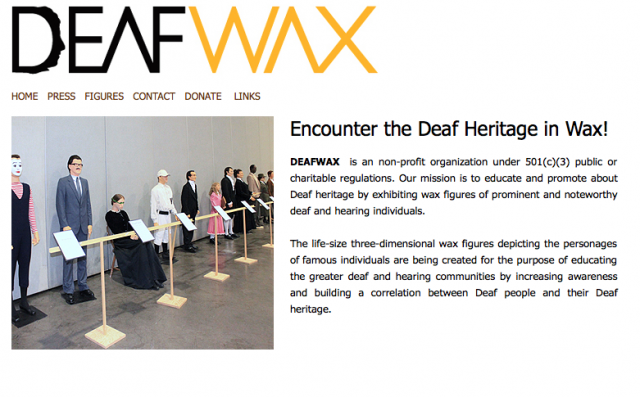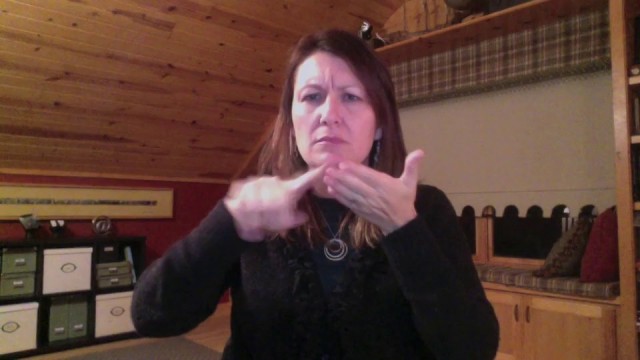Originally appeared in Silent News, June 2001.
While it’s true that a high percentage of deaf and hard of hearing employees work for the government, it’s not always true that they have the networking and training opportunities that hearing federal workers have. The National Training Conference (NTC) is held biannually to provide deaf government workers with such opportunities.
“The well-organized workshops provided vital information to deaf and hard of hearing government workers not always available in the workplace. The conference was a breath of fresh air to federal workers such as myself who often work in isolation,” said Betty Dodds, who works at National Oceanic and Atmospheric Administration.
This year’s NTC was sponsored by the Deaf and Hard of Hearing In Government (DHHIG) organization. The conference, held at the National Institute of Health in Bethedsa, Md., on April 9-11 had over 500 registrants, in addition to exhibitors, job seekers, presenters, and agency representatives. DHHIG Executive Director Robert Dwier said, “The NTC is a three-day conference and focuses on issues related to employment, advancement, retention and the culture of government employees who are deaf or hard of hearing. It provides an opportunity to hear from nationally recognized speakers and trainers about current realities, future trends, and the assessment of and the use of information technology.” The NTC was first hosted by the Central Intelligence Agency in 1994, held at Gallaudet University in Washington, D.C.
The conference, chaired by Shelly Franks and Tina Joyner, focused on changes and trends in the workplace. Workshops were well- planned and diversified. Topics included self-empowerment, human resources, gender issues, employer-employee relationships, addiction and co-dependency, cultural issues and many others. There were even self-defense workshops and image consulting.
Dunbar, who was one of the first members of DHHIG, said he would like to see more people become aware of the NTC. “In the past, participants have come from as far away as Hawaii and we have had inquiries from Europe and Canada.” He also mentioned that there was an increase in diversity among attendees of the conference. “During the 2001 NTC, we had deaf, hard of hearing and late-deafened adults. We also had hearing people come to this conference…because of the training opportunities, plus the fact that [real-time captioning] and voice interpreting were provided.”
Dodds, who is slowly losing her hearing and is hard of hearing, agreed, saying, “The conference provided assistive listening devices and many captioned workshops, enabling my full participation.”
The DHHIG was formed in 1998, and currently has more than 1,000 members.
For more information on DHHIG or NTC, visit their website at www.dhhig.org
Copyrighted material. This article may not be copied, reproduced, or redistributed without the written consent of the author.


